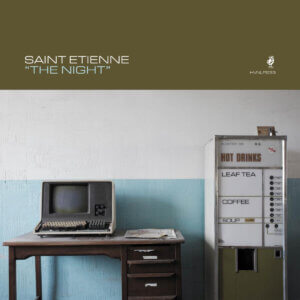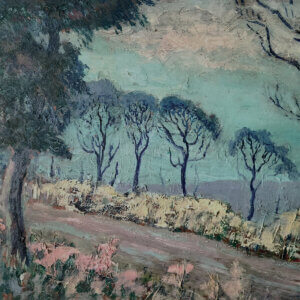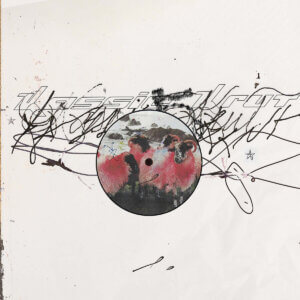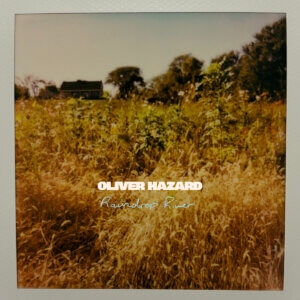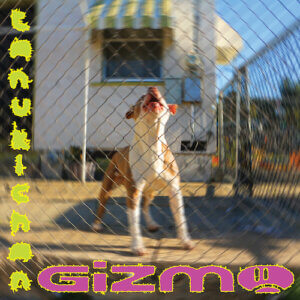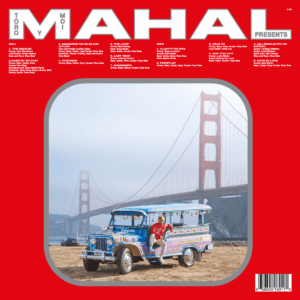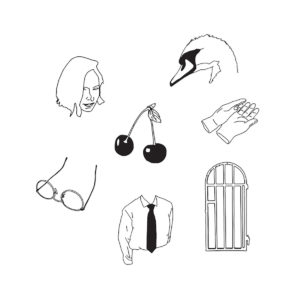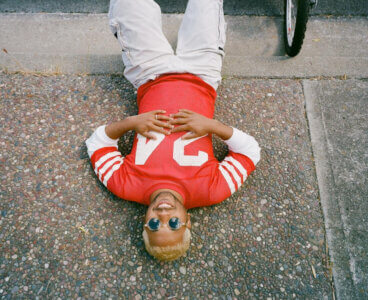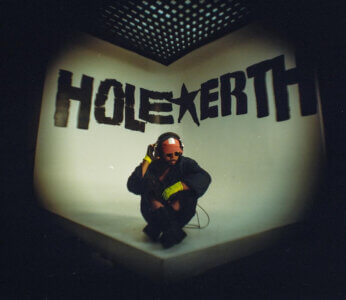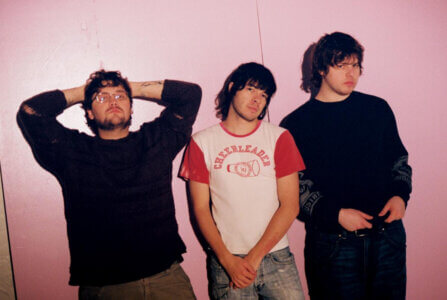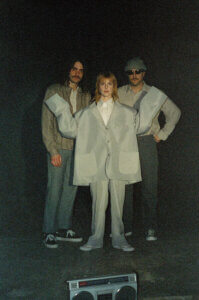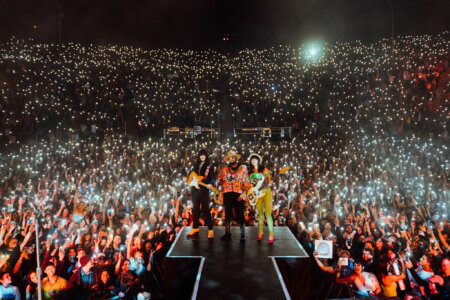
8
Intro
Vinyl Williams
Los Angeles-based Lionel Williams, the grandson of renowned composer and conductor John Williams, is the architect behind the Vinyl Williams music and art project. Lionel is a visual artist, vocalist, and multi-instrumentalist and he writes, performs, and produces all of the material that falls under the Vinyl Williams moniker. His debut album, Lemniscate, was released in 2012 and on July 24th he will bow his sophomore effort, Into, on Chaz Bundick’s (Toro Y Moi, Les Sins) label, Company Records. Lionel toured the eastern half of the U.S. in late spring, opening for Toro Y Moi, and starting in July he will hit the road again, this time covering the western half of the country in support of Unknown Mortal Orchestra and his own album.
Lionel is a master craftsman at blending visual and aural media, designing resplendent sonic and optical packages to wrap around his messages of religious and cultural harmony. His particular utopian views are colored by the discordant times he spent as a youth in Utah. In response to his experiences, Lionel has created various dreamworlds through his music, videos, and collage-based visual art that intertwine ancient mysticism, exotic locales, and vibrant, kaleidoscopic imagery and sounds. The 14-song Into is Lionel’s latest evocatively reflective, multi-hued musical strand that he’s fluidly weaving into the trippy, and mostly timeless ‘magic carpet’ ride emanating from his mind. He meshes elements of dream-pop, shoegaze, ambient, electronic, and psychedelic styles into one supremely saturated, lushly flowing, inward-gazing, but varied journey that runs the length of the album.
If there is one main flaw to be found on Into, it’s that it is difficult to discern any of the words that Lionel is singing. His vocal delivery is so ethereally murmured amid the densely textured instrumentation that most song meaning is lost. This is in no way a deal-breaker for listening to the album (e.g. Cocteau Twins), but it does blunt any message that Lionel is trying to convey with his music. The sonic enchantment of Into, however, speaks loudly and clearly, as reverberating guitar lines and bright electronic notes intermingle with expansive synths and a base of running base line, measured to up-tempo drum beats, and rhythmic percussion on most songs.
Captivating first single “World Soul” displays a different facet than the rest of the songs on Into, loping along with an up-tempo, straightforward drum beat and running bass line. Shining reverb guitar strikes ring out in a hyper-tweaked, heady atmosphere of burnished, dulcet synth notes and popping electro-blips. Lionel’s lofty vocals are polished to an artificially bright tone that matches the pitch of the synths. Dreamy album starter “Gold Lodge” luxuriates in an open atmosphere of sustained synths, delayed, My Bloody Valentinesque warp, mid-tempo tapped and ticked percussion, and gleaming guitar strum. An androgynous-sounding Lionel sings in a plaintive, breathy tone among the spherical and fleetingly zippy electronic notes. A lyrics sheet would be extremely helpful from the get-go as it’s hard to hear if he’s repeating the words “question me” or “questioning” or something similar…
The atmospheric psych(e)-pop continues on “Space Age Utopia”, with Lionel intoning in a slightly more distinct register about a “space rocket” and “travel to a place that is quiet.” His airy, extended, slightly accented vocals are mirrored by the Air-like (i.e. the French duo) blossoming synths and contemplative keyboard reverb. A prominent, rapidly fluttering beat gives the tune some lift, as well as the occasional knob-twiddling noises, and, late in the number, the brief addition of limpid guitar lines. The ephemeral “Ring” lasts only half a minute, but it’s an interesting amalgam of old and new. A soft aural patina coats the song, an emission that is reminiscent of the needle of a vintage record player running in the vinyl grooves (replete with the sound of an old-fashioned singer in the background). At the same time, spacey sonics sweep by amid a sustained, spacious synths setting.
“Hall Of Records” stirs some harder-edged guitar distortion and a pushy syncopated beat into the dazed and hazed synths-led ambience. A sharper, drawn out guitar motif runs through the tune while Lionel eventually adopts a hushed, but sing-song tone as the instrumentals unwind. The amusingly titled instrumental “The Tears Of An Inanimate Object” treads into New Age territory with its crystalline harp trills, languid, blooping beat, and shaken percussion. The relaxed vibe is dispelled near the end of the track when a sudden discordant noise takes over. The vocally mellow “Iguana City” conjures up both the tropics with its island-like beat and the astral plane with its continual loop of starry synth runs. Midway through the tune, the bass line and drum beat pick up speed while spacey noises flit to and fro in the backdrop. Once again Lionel’s vocals are blended into the overall sound so that his words cannot be heard.
Lionel’s high-sighing, melancholically wistful vocals grace the empyrean “Greatest Lives” as slow-pulled synths billow outwardly against a steadily clacking beat. Little funky blurts of guitar escape to the sky as a subtle bass line begins to pounce amid the celestial shimmer. While it’s a beautiful song overall, the unbroken, earthy rhythm grounds an otherwise daydream-drifting delight. A submerged feeling washes over “Zero Wonder” due to its mid-range, reverberating keyboard notes. From this watery surge a pop song structure emerges consisting of a direct, up-tempo drum beat, cymbals tick, and bass line. Several rapid-fire drum beats break out while Lionel sings in a light, laid-back tone amid the radiant synth notes.
A swaying, Calypso-like rhythm runs through the gently pleasant “Axiomatic Mind” while Lionel sings a bit more clearly, but in a subdued tone, the song title and the discernible phrase “structure failure”. The two tunes that follow devolve from the heights and complexity of the preceding songs. “Eter Wave Agreement” contains harshly echoed space-based noises and garbled vocal perturbations, while “Plinth Of Uncanny Design” works a too-fast syncopated beat into the otherwise dreamy meld. “Allaz” goes the funky 1970s route with its bass-driven groove, spare drum beat, and squelchy psych-guitar riffs. Lionel sing-talks in a lower tone until the song abruptly, but fetchingly, shifts into scintillating synth hits, a slower beat, and Lionel’s vaporous vocals that recall earlier songs.
Album-ender “Xol Rumi” is a just-over-10-minute opus that successfully encompasses the main sonic templates of previous songs, starting with an up-tempo, measured beat, running bass line, and Lionel’s beatific vocals. The song eventually morphs into a faster pace highlighted by cycling psych-guitar lines, spacey, wavering electronic noises, and cymbal tap. The tempo pauses midway and then starts up again like Sleeping Beauty awoken from her slumber. An energized rhythm and swelling psychedelic swirls of synths and guitars roil the atmosphere before fading out into the ether. But not so fast – A super-swift bass line kicks in forthwith, along with picked guitar, fluctuating electronic notes, sparkling rills of synths, and bell tone notes. Lionel finally declares with much-needed vocal clarity “We all change faces for the truth”, “…bring happiness for you / by the book of truth”, and, in the song’s last passage, “Alone again / ‘til I send / celestial requests…”
Review by Jen Dan
Latest Reviews
Tracks
Related Albums
Related News
Advertisement
Looking for something new to listen to?
Sign up to our all-new newsletter for top-notch reviews, news, videos and playlists.
